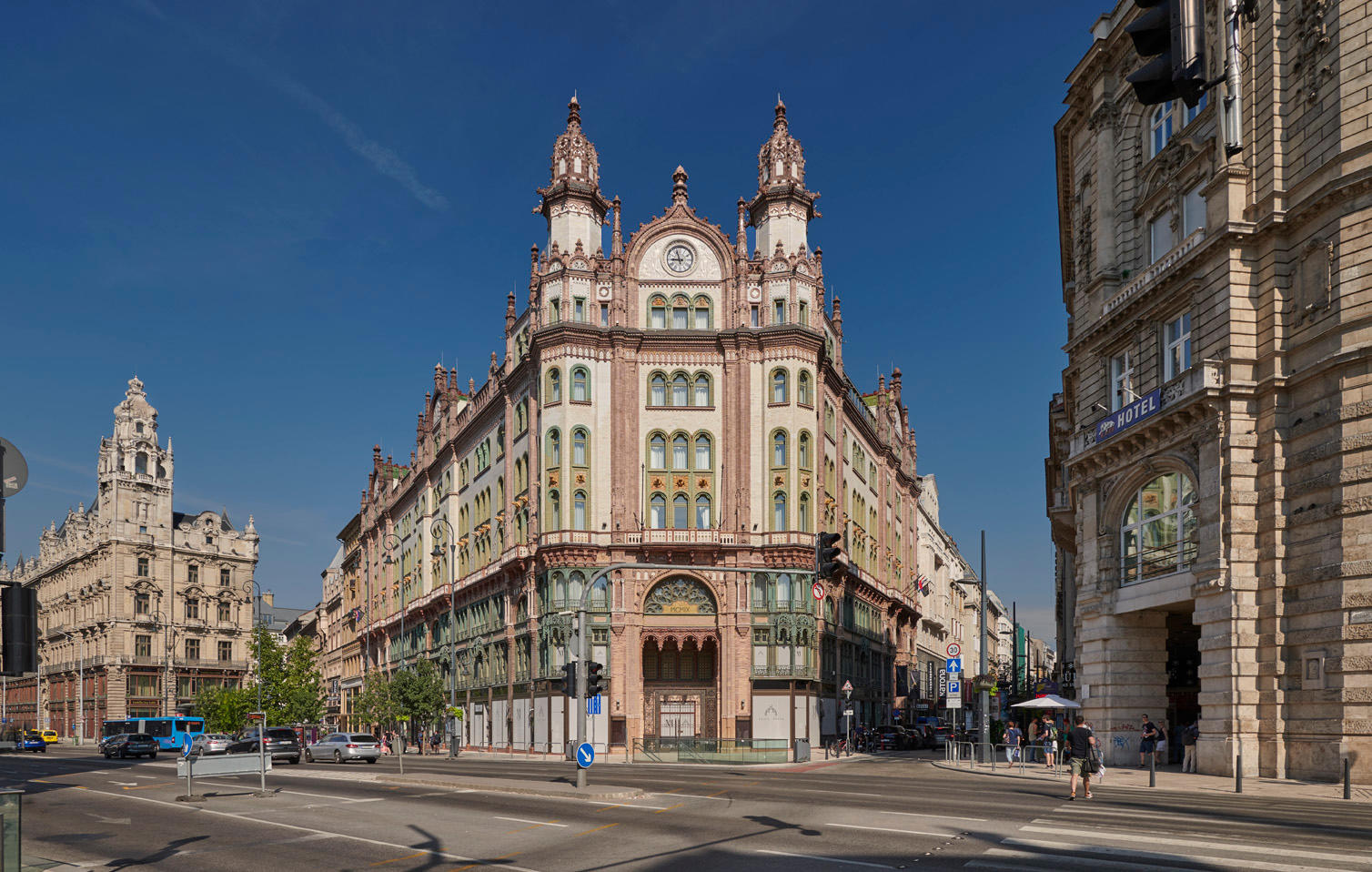Occupancy rates in Prague’s hotels were 50 percent higher during the summer holidays this year in comparison with last July and August, propelling Prague upwards in the European cities’ chart. Room rates exceeded €64 in the summer, also an improvement over last year. Many hotels worked with an operating profit and the growing number of reservations is also a positive sign. Autumn traditionally brings a drop in tourism and thus in performance – September occupancy rates are still comparable with summer rates and prices are even higher, but there are concerns about another wave of the pandemic and the potential operating restrictions. However, the improved performance in the summer has confirmed again that Prague’s hospitality market has been consistently sought after and popular, and its performance is hindered mostly by external and temporary factors.
Occupancy rates at 50 percent of pre-crisis levels
The summer season brought an upturn to Prague’s hotels: according to STR figures, the occupancy rate in open hotels in Prague was 32 per cent in July and 44 per cent in August. These figures do not yet come close to the levels achieved before the coronavirus crisis – the occupancy rate was twice as high at 88 percent in August 2019. Still, this year’s figure represents an approximately 50 percent increase over last year when the occupancy rate was 22 percent in July and 28 percent in August.
Thanks to the relatively favourable summer season this year, Prague has left the lowest position on the chart of the 35 premier hospitality markets in European metropolises that it had occupied until the beginning of the summer holidays. The Czech capital has still a long way to go before placing among the best-performing markets again, but it came 28th in July and 23rd in August, outperforming Amsterdam, Sofia and Rome.
Bořivoj Vokřínek, Partner, Strategic Advisory, Head of Hospitality Research EMEA, Cushman & Wakefield: “The summer season brought a relatively quick increase in demand, which is a very good trend, but more than one half of room capacity in Prague remained vacant. It has to be said, though, that many hotels achieved occupancy rates much higher than Prague’s average – with some exceeding 70 percent –thanks to a good location, proactive marketing and pricing strategy and, in certain cases, film crews that were making films in Prague during the holidays.”
Prices at 75 percent of the pre-crisis year
According to STR figures, 87 percent of hotel capacity was open in Prague in August, slightly below the European average of 92 percent.
The average room rate in Prague this August was €64, which is 8.3 percent more than in the same month last year, yet it is still 25.7 percent less than €87 in August 2019.
The improved performance indicators allowed most local hotels to overcome the critical point and operate with positive gross operating profits. According to HotStats data, the profitability of the hotels that submit their figures to HotStats reached approximately 23 percent and €16 per available room in the last three months.
Uncertain autumn
Bořivoj Vokřínek, Partner, Strategic Advisory, Head of Hospitality Research EMEA, Cushman & Wakefield, said: “Unfortunately, we should expect the performance of Prague’s hotels to drop again from September on. The reason is the traditionally lower demand on the part of leisure travel and quite a slow recovery of corporate clients and conference tourism to date.”
The occupancy rate was 42 percent in September, which is a very good result in the context of this year, but it pushes Prague back down on the European chart – to the 29th position – which is still ahead of Sofia, Brussels and Lisbon. Compared with August, the room rate has even grown to €74, a 29 percent increase over last year. This is a good trend, even though this is still about 28 percent lower than 2019 prices.
Reservation figures provided by the SiteMinder web portal show yet another positive trend: Prague is achieving higher figures than the European average and the data from the key neighbouring markets. While the rate of reservations in Prague stood at 108 percent on 23 October compared with the same period of 2019, Berlin posted 88 percent and Vienna 77 percent.
Time to address financing
Neither the positive results of hotels during the past three months nor any favourable future developments guarantee that all hotels will successfully tackle the problems that the coronavirus crisis has brought them. Some face or will face financial problems, and it is high time to address those right now.
Bořivoj Vokřínek, commented: “Our recent research shows that more than a half of hotel owners in the CEE region will have to refinance within two years. The accessibility of financing is improving, but banks can be expected to remain more prudent in the mid-term perspective and offer lower LTV (loan to value) ratios than they did before the crisis. That can cause serious problems and call for more capital on the part of the owners, which – following a year and a half of decreases and losses – may be hard to find for many hoteliers. As a result, some owners will have to quickly find alternative capital sources or consider selling their assets. There are various ways to solve this problem, but it is crucial to start acting as soon as possible because steps of such vital signs should not be taken under pressure.”







